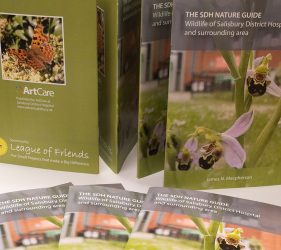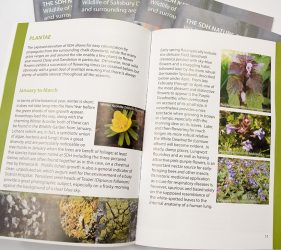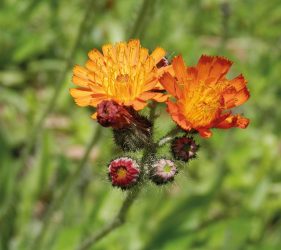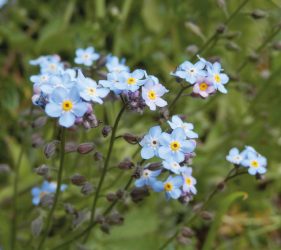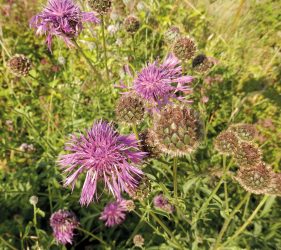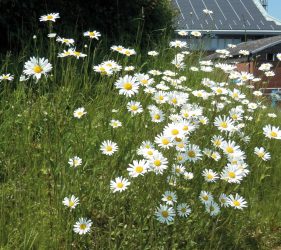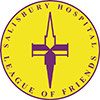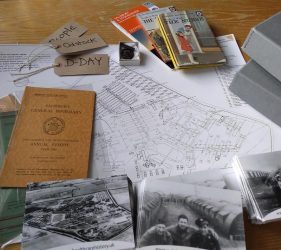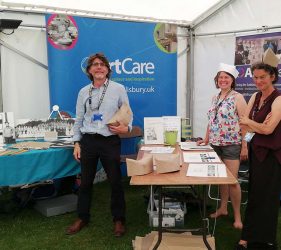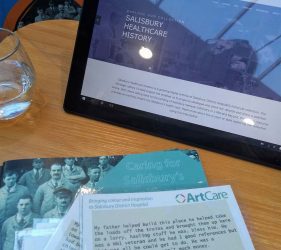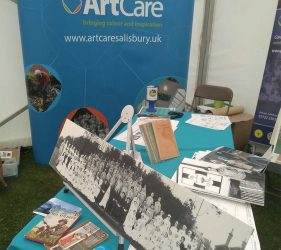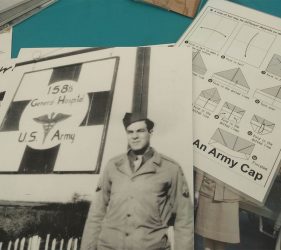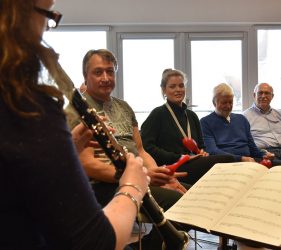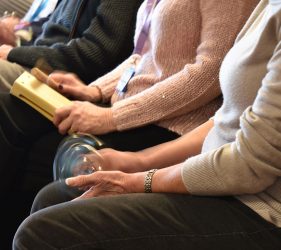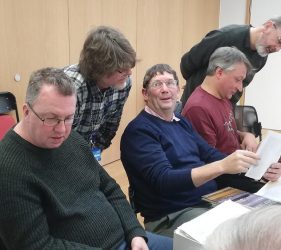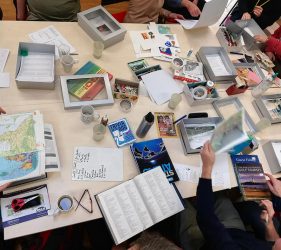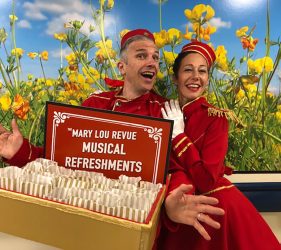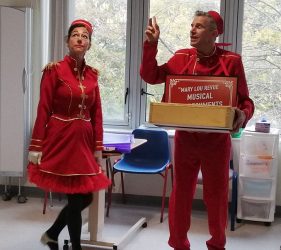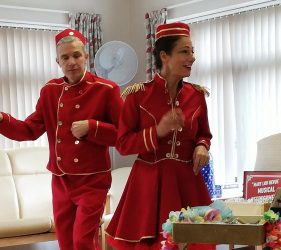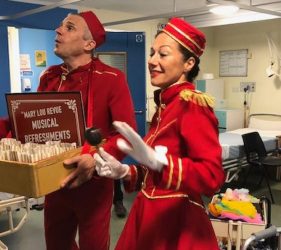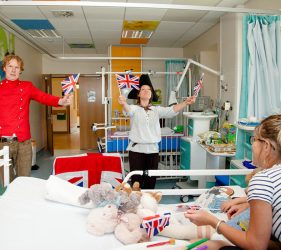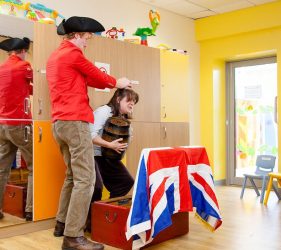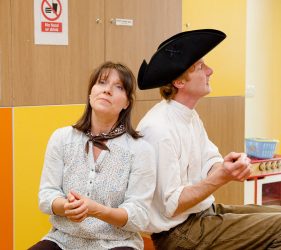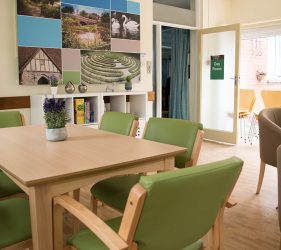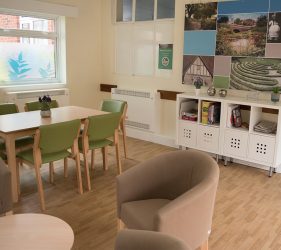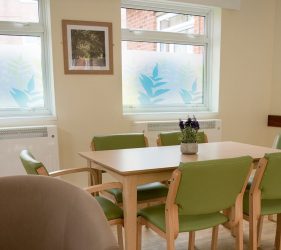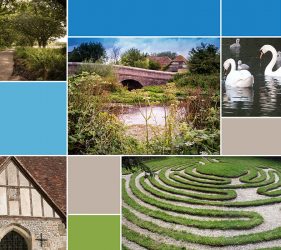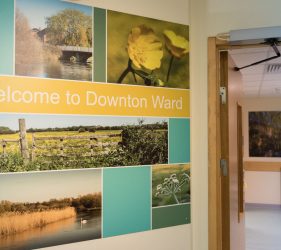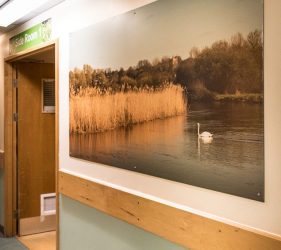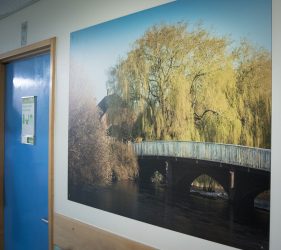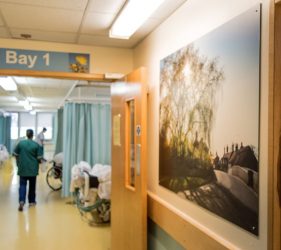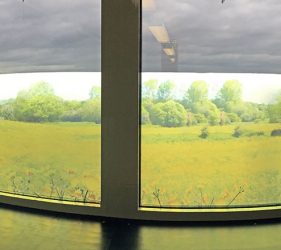ArtCare created large panel artworks for the newly refurbished Whiteparish Ward. As well as advising on colours and materials, each bay was given its own distinctive theme: orchard, cornfield, watermeadow and forest. Digital images were scaled up into 7.5 metre long panels for each ward bay and printed onto Acrovyn panels. This product is impact resistant, hygienic and low maintenance – suitable for the busiest wards and healthcare areas. As well a wall panels, colour has been added with the use of ceiling tiles and printed window film provides privacy to bedroom areas.
The artworks look amazing, not only for patients staying on the ward, but a wonderful environment for staff to work too.” (Whiteparish Ward clinical staff member)
A former Whiteparish Ward patient spoke about her experience being on the ward before refurbishment and how it is now the artworks have been installed:
“I have spent time in on several occasions over the years on Whiteparish Ward. I remember thinking how nice it would be to look at some colourful wall decorations to break the monotony of gazing at light grey or magnolia walls and saying to myself ‘why can’t the walls have interesting illustrations and colours like those in maternity and the children’s wards?’ Well, the soothing colours and floral scenes now in Whiteparish will make the ward environment much more interesting for patients and the staff working in the ward. For me, to look at a varied tranquil scene full of colour is comforting, soothing and reassuring as opposed to a blank wall which is not distracting when distraction may well be beneficial; mental wellbeing being very important when physical issues are dominant. I hope other wards and departments can all benefit in the future from ArtCare’s ward décor initiatives.”
Artworks and furniture for the newly refurbished ward have been provided with grateful thanks to funding from Stars Appeal.

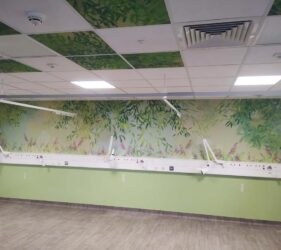
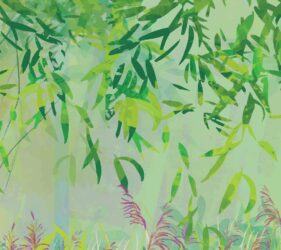
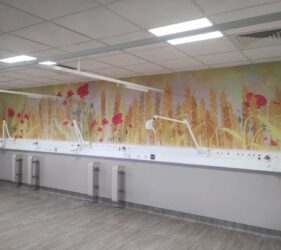
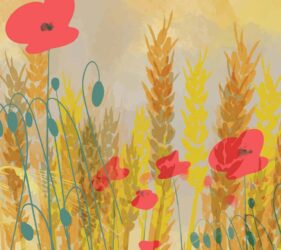
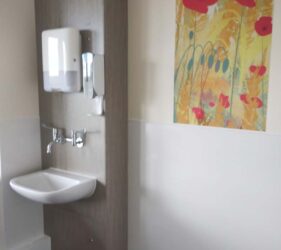
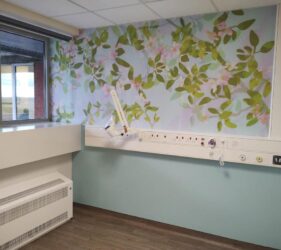
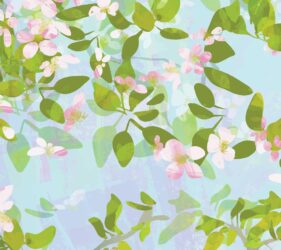
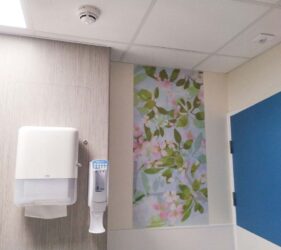
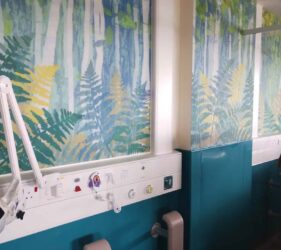
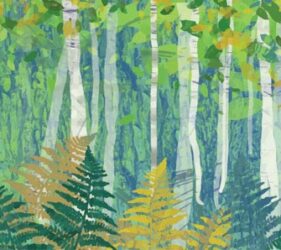

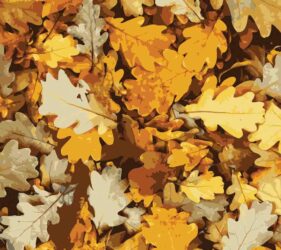


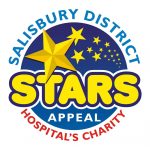
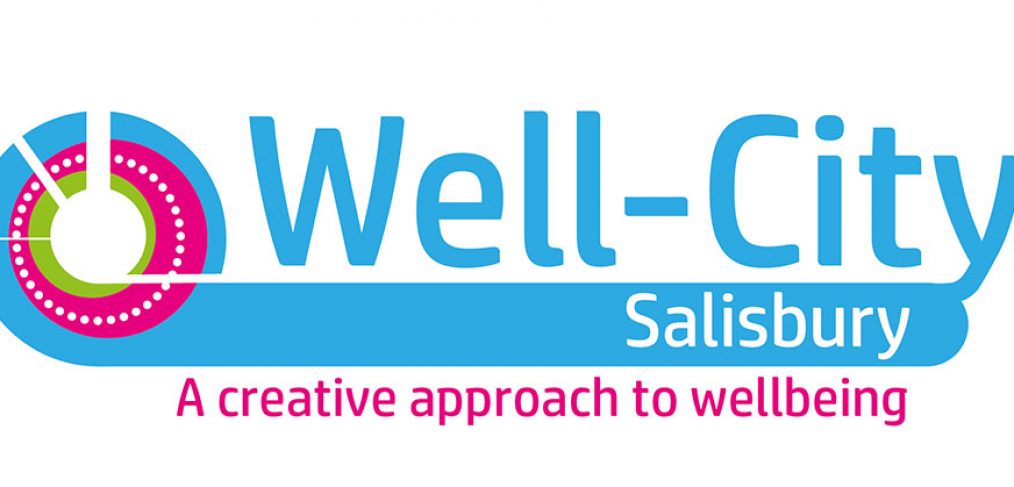
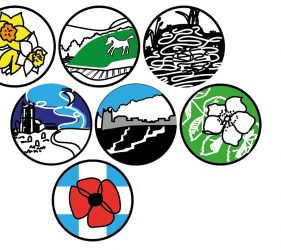
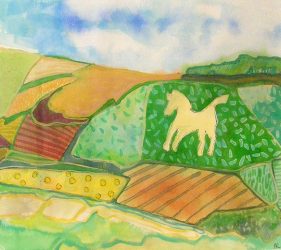
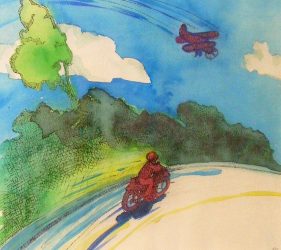

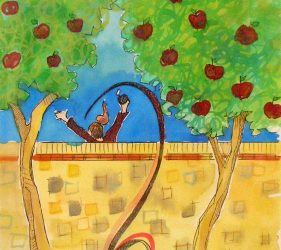
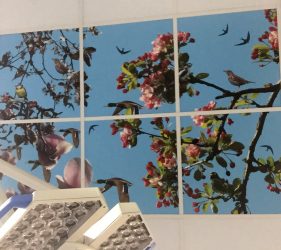
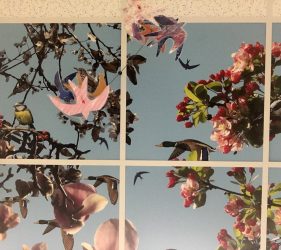
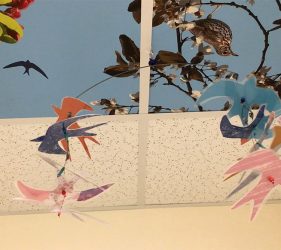
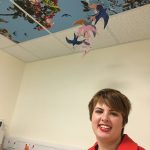 Printed ceiling tiles with an eye-catching design created by ArtCare volunteer Molly, are providing a welcome focal point for patients in the Obstetric Theatre and the Gynaecology department. The artworks include different types of birds hidden amongst the blossom, providing a visual distraction for women having caesarean sections or other treatment. The challenge to patients is to see if they can find and name all the various birds. The addition of a mobile hanging below the ceiling tiles in Gynaecology, also helps to instil a feeling of calm, with its gently spinning action. Following the installation, Obstetric Theatre Sister commented , “All of the patients I have had in theatre this week have enjoyed and admired it.”
Printed ceiling tiles with an eye-catching design created by ArtCare volunteer Molly, are providing a welcome focal point for patients in the Obstetric Theatre and the Gynaecology department. The artworks include different types of birds hidden amongst the blossom, providing a visual distraction for women having caesarean sections or other treatment. The challenge to patients is to see if they can find and name all the various birds. The addition of a mobile hanging below the ceiling tiles in Gynaecology, also helps to instil a feeling of calm, with its gently spinning action. Following the installation, Obstetric Theatre Sister commented , “All of the patients I have had in theatre this week have enjoyed and admired it.”